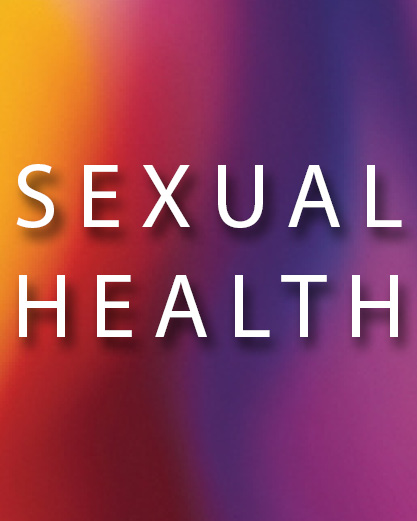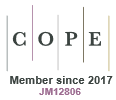SH23197Adapting an artificial intelligence sexually transmitted diseases symptom checker tool for Mpox detection: the HeHealth experience
Prior to the global Monkeypox (Mpox) outbreak, we developed a smartphone app (HeHealth) where users can take pictures of their penises with a smartphone to screen for symptomatic sexually transmitted diseases. We further developed the Mpox tool that involved formative research, stakeholder engagement, rapid consolidation of Mpox images, a validation study, and implementation. Artificial intelligence and machine learning approaches can be initiated by smaller datasets and refined along the way, which is important in the event of global pandemics or outbreaks.
SH23197 Abstract | SH23197 Full Text | SH23197PDF (907 KB) Open Access Article




